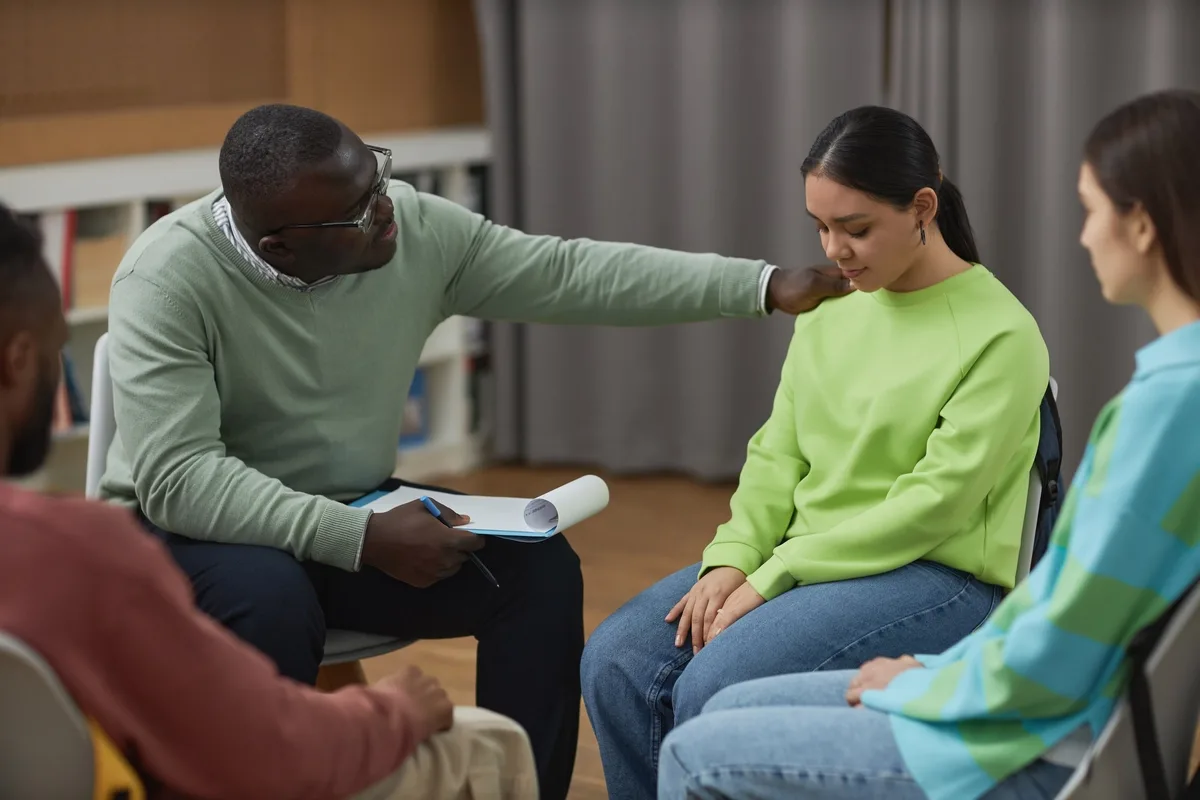24/7 Helpline:
(866) 899-221924/7 Helpline:
(866) 899-2219
Learn more about Cocaine Rehab centers in Thousand Oaks
Cocaine Rehab in Other Cities

Other Insurance Options

Lucent

UnitedHealth Group

BlueShield

Oxford

Magellan Health

Amerigroup

BlueCross

Excellus

WellCare Health Plans

Medical Mutual of Ohio

Absolute Total Care

Highmark

Coventry Health Care

Premera

Holman Group

Carleon

Optum

American Behavioral
Beacon

Ceridian

Vantage Point Recovery
Vantage Point Lifestyle Management and Recovery Center is a private rehab located in Thousand Oaks, ...

Ventura Recovery Center
Ventura Recovery Center offers inpatient and outpatient services for individuals with alcohol and/or...

La Ventana Treatment Programs
La Ventana Treatment Programs - 1408 East Thousand Oaks Boulevard offers Residential, PHP, & IOP for...

Alsana
Alsana is a private rehab located in Thousand Oaks, California. Alsana specializes in the treatment ...

Center for Discovery Thousand Oaks
Center for Discovery Thousand Oaks is a private rehab located in Thousand Oaks, California. Center f...























Al Anon
Al Anon is a non-profit rehab located in Thousand Oaks, California. Al Anon specializes in the treat...

Genesis Programs
Genesis Programs is a drug and alcohol addiction treatment provider for adults, located in Ventura, ...

Wildwood Recovery
Wildwood Recovery is a private rehab located in Thousand Oaks, California. Wildwood Recovery special...

Arrive Recovery Center
Arrive Recovery Center is a public rehab located in Thousand Oaks, California. Arrive Recovery Cente...

Ventura County Behavioral Health
Ventura County Behavioral Health provides a wide range of services for alcohol and drug abuse proble...



